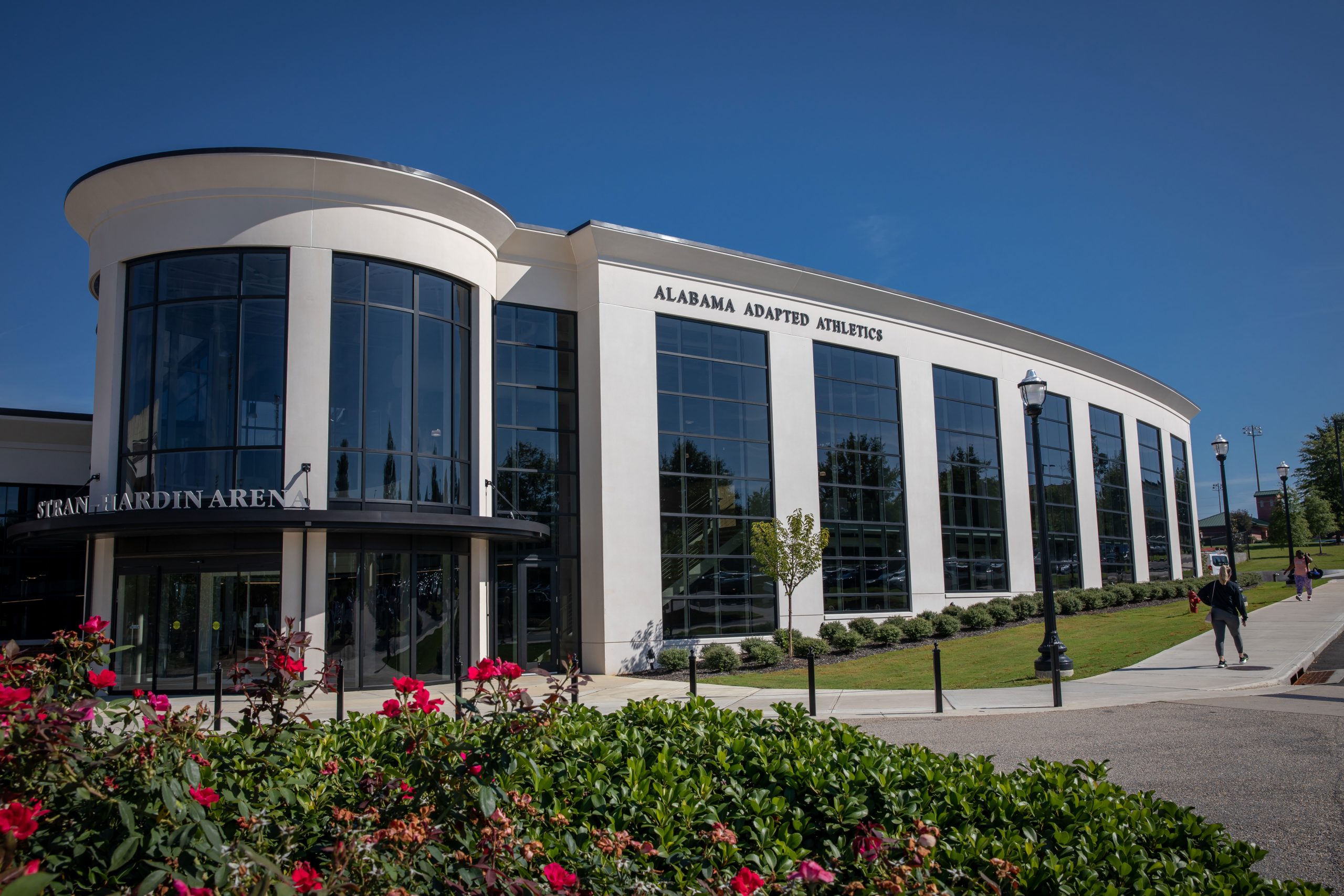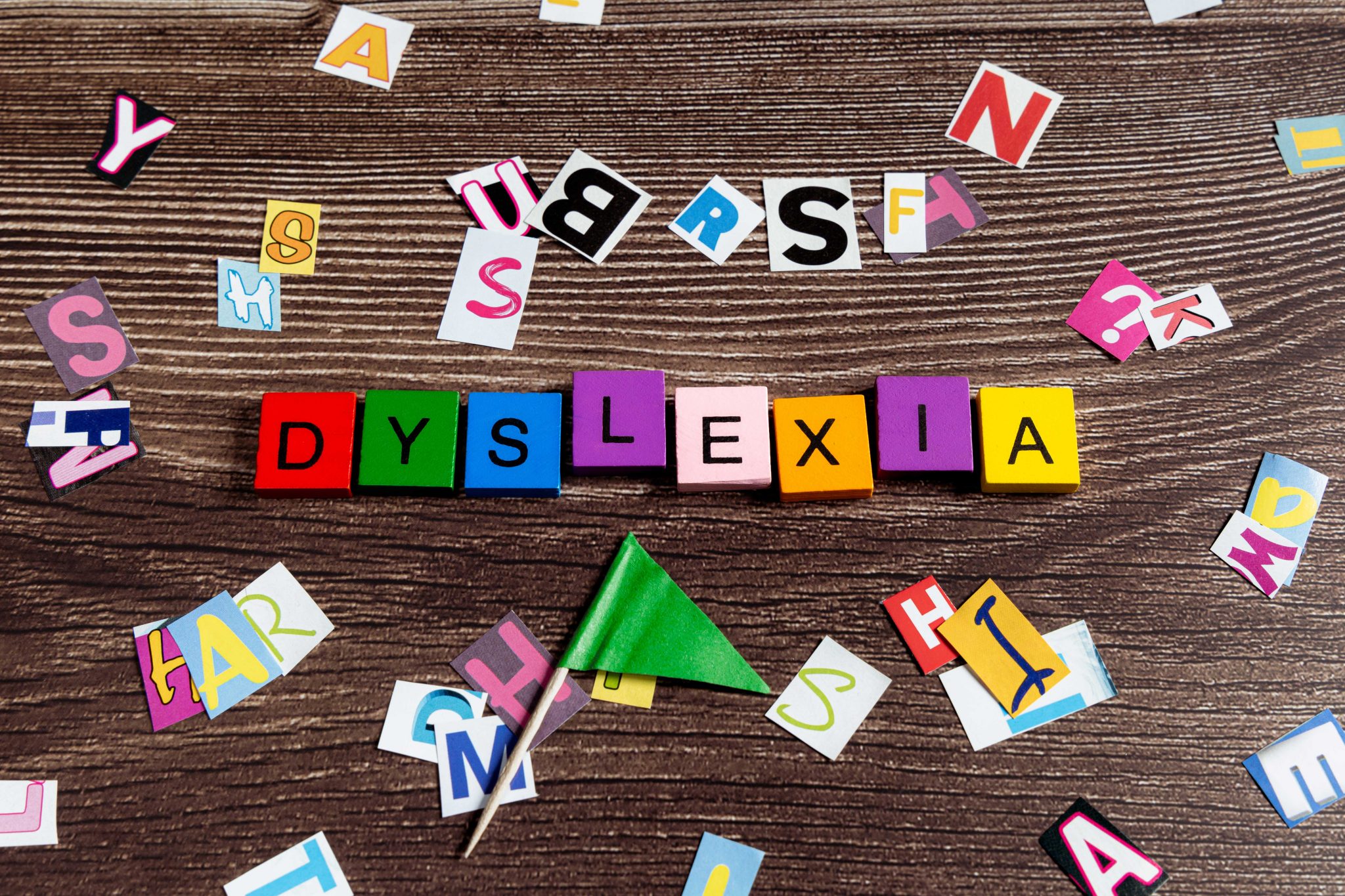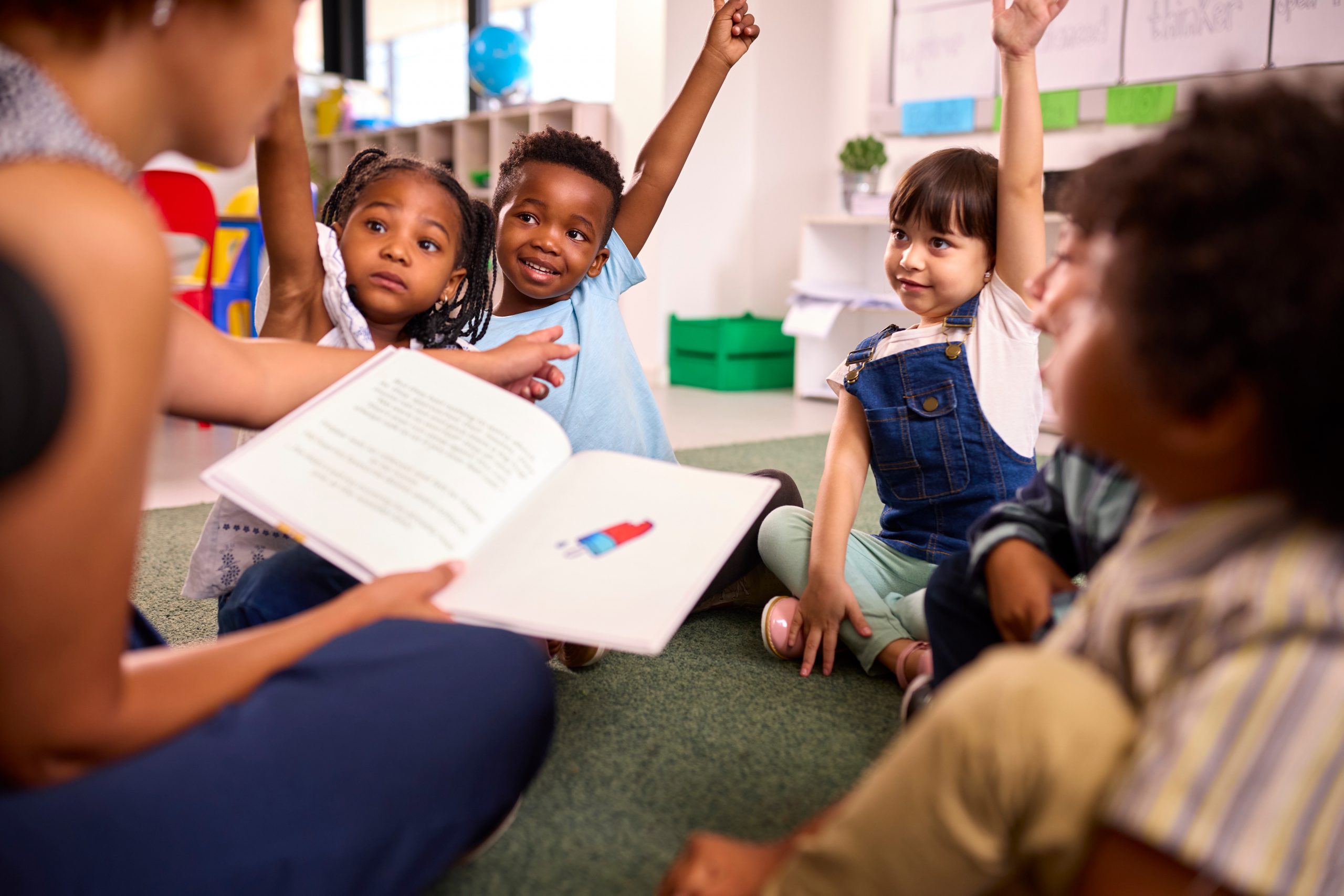CENTERS
BELSER-PARTON LITERACY CENTER
The Belser-Parton Literacy Center serves a triad of participants: families, schools, and The University of Alabama, with the central focus on children and how their literacy needs can best be served through excellent teaching and meaningful research.

INTERCONNECTED BEHAVIORAL & MENTAL HEALTH
The Center for Interconnected Behavioral and Mental Health Systems conducts rigorous, federally-funded research in the areas of positive behavioral interventions and supports and school-based mental health services.

STUDY OF ETHICAL DEVELOPMENT
The Center for the Study of Ethical Development began in the early 1970s as faculty and students from various disciplines began to meet informally to discuss research on moral development.

EDUCATION POLICY
The Education Policy Center works to improve the quality of life for all Alabamians through expanding access, strengthening equity, and advancing economic and community development.

UA/UWA REGIONAL IN-SERVICE
The UA/UWA In-Service Center provides professional learning and growth opportunities for the teachers, administrators, counselors, and librarians of twelve (12) school districts within nine (9) area counties.

RESEARCH ASSISTANCE SERVICES
Research Assistance Services provide faculty and graduate students with advice and instruction in designing quantitative and qualitative research studies, selecting and developing instruments, setting up analyses, and using software.


PROGRAMS
ALABAMA ADAPTED ATHLETICS
Alabama Adapted Athletics sponsors competitive college sports in wheelchair basketball, wheelchair tennis, and para track and field. Stran-Hardin Arena houses the program and is the 1st adapted athletics facility of its kind at a higher education institute in the U.S.

ALABAMA COMMUNITY COLLEGE LEADERSHIP ACADEMY
Established in 2000, the Alabama Community College Leadership Academy is a yearlong leadership development program for administrators and faculty members in two-year colleges.

ALABAMA SUPERINTENDENTS’ ACADEMY
The University of Alabama Superintendents’ Academy is a collaborative effort between the Instructional Services Division of the Alabama State Department of Education and The University of Alabama College of Education’s Department of Educational Leadership, Policy and Technology Studies.

CROSSINGPOINTS
CrossingPoints serves students with significant disabilities ages 18-21 years who are still receiving IDEA services during the academic year. CP has three tier levels currently active.

SUMMER ENRICHMENT WORKSHOP
Summer Enrichment Workshop (SEW) is an annual program for gifted and talented students sponsored by the Multiple Abilities Program in Special Education at The University of Alabama. Students who have completed grades K through 5 and are enrolled in gifted programs, with consideration for other qualified students as space permits, are invited to attend.

UA CALT
Our UA CALT & CALP programs provide pathways for teachers to become Certified Academic Language Therapists and Practitioners.

UA READING SUPPORT SERVICES
UA Reading Support Services provides reading intervention programs for children and Academic Language Therapy programs for teachers.


OFFICES
ALABAMA POSITIVE BEHAVIOR SUPPORT
The Alabama Positive Behavior Support Office is a statewide technical assistance and research agency that focuses on preventing challenging behavior, improving school climate and student outcomes, and supporting students at-risk for and with disabilities.

CLINICAL EXPERIENCES
The Office of Clinical Experiences coordinates the placements of students enrolled in courses requiring field placements and internships. Major relationships have been established with principals and instructional supervisors in local school systems in the west Alabama area and, to a limited extent, other school systems in Alabama.

EVALUATION RESEARCH & SCHOOL IMPROVEMENT
The Office of Evaluation and School Improvement provides comprehensive monitoring, evaluation and measurement services to determine the effectiveness of research, training, and service program across the campus, the state, and the nation.

EVIDENCE-BASED INTERNATIONAL EARLY INTERVENTION
The Evidence-based International Early Intervention Office is the academic and administrative home of the Routines-Based Model. Its affiliates are the members of The RAM Group, a community of practitioners, administrators, trainers, and researchers familiar with and supportive of the RBM.

FACULTY DEVELOPMENT
The Office of Faculty Development maintains ways to enhance and strengthen the retention of faculty demonstrating high levels of professional accomplishment.

GIFTED EDUCATION AND TALENT DEVELOPMENT
The Gifted Education and Talent Development Office is a research-related office about gifted education and gifted individuals. Additional activities related to research include outreach to families of gifted children, student programming, community engagement, professional development, and materials development.

INTERDISCIPLINARY STEM EDUCATION RESEARCH
The mission of the Office of Interdisciplinary STEM Education Research is to harness the resources of researchers, educators, industry partners, philanthropists, and policy makers to promote quality STEM education, professional development, research, and policy.

INTERNATIONAL PROGRAMS
The College of Education provides educational opportunities to American-sponsored overseas schools and other international exchanges through the Office of International Programs since 1966.

SCHOOL PARTNERSHIPS
The Office of School Partnerships is a collaborative network of partners that exist to promote innovation and improvement in area schools.

TUSCALOOSA WHOLE CHILD
The Whole Child approach is a systematic blueprint for sustainable change in children, citizens, and communities. By making a community-wide shift in how we educate and prepare our children for success in and out of school, Whole Child helps youth realize their full potential.


LABS
BRAIN, LEARNING, AND EDUCATION
The Brain, Learning, and Education Lab investigates the neurocognitive mechanisms explaining math achievement and gains in math performance over time using functional magnetic resonance imaging (fMRI) and event-related potentials (ERPs), focusing on the role of both cognitive and affective factors.

CRIMSONFIT
The Department of Kinesiology’s Exercise Physiology Lab is a well-equipped physiology laboratory particularly designed for measuring the human physiological responses to exercise and recovery under various environmental conditions. It contains metabolic analyzers, ergometers, biochemistry analyzers, and an environmental chamber with thermometry equipment.

DIGITAL, COMPUTATIONAL, & DATA LITERACIES LAB
Those at the Digital, Computational, and Data Literacies Lab (D.CoaD) are an interdisciplinary and collaborative research team led by Dr. Amy Hutchison, the Fayard Family Endowed Chair in Literacy Education at UA. Members of this interdisciplinary research group integrate digital, computational, media, and data literacies to support teaching and learning. Along with partners with several universities, the group has had multiple funded projects focused on understanding how to support students, especially those with disabilities, in learning about computer science, computational thinking, data, media and STEM-focused communication through literacy, in gaining media literacy skills, and in preparing students for the digital literacies of the future.

EMBODIED LEARNING DESIGN & EDUCATIONAL NEUROSCIENCE
The Embodied Learning Design and Educational Neuroscience Lab focuses on numerical cognition, mathematics learning, and embodied cognition, in addition to wider interests in cognitive and developmental disorders, evolution of cognition, STEM learning, and computational modeling

SOCIAL, EMOTIONAL, AND EDUCATIONAL NEUROSCIENCE
The Social, Emotional, and Educational Neuroscience Lab studies how to promote students’ social, emotional, and motivational development in educational settings by utilizing various neuroscientific research methods, including but not limited to, functional MRI (fMRI), structural MRI, psychological intervention, and computer simulation methods. We conduct research projects focusing on moral development and education, growth mindset, and effective educational interventions promoting positive youth development.

INNOVATIVE TECHNOLOGY, TEACHING, AND LEARNING LAB
The Innovative Technology, Teaching, and Learning Lab provides weekly “open lab sessions” in which you can stop in and try out some of the technology tools that we have available (and get help, if needed), and get advice on how to use technology in your lesson plans.

